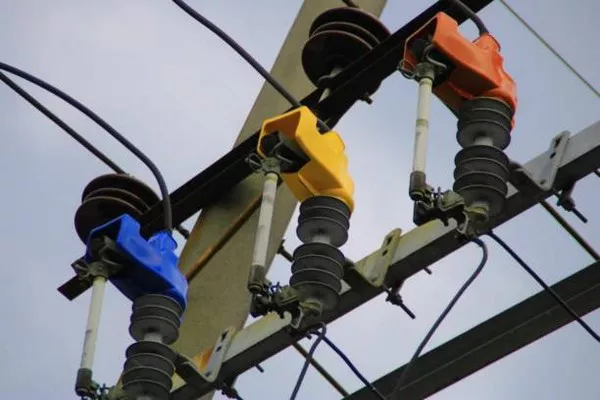In the realm of electrical engineering, variable transformers play a pivotal role in providing a versatile and efficient means of regulating voltage. These devices, also known as variacs, possess the ability to smoothly adjust voltage levels, making them indispensable in various applications ranging from laboratories to industrial settings. In this article, we delve into the inner workings of variable transformers, exploring their design, principles of operation, and the diverse applications they serve.
Understanding Variable Transformers
A variable transformer is a type of autotransformer, a device that comprises a single winding with an adjustable tap. The key component of a variable transformer is the sliding brush or wiper that moves along the winding, facilitating a continuous variation in the voltage output. This innovative design allows for a seamless and controlled adjustment of voltage levels, making it an invaluable tool in scenarios where precise voltage regulation is essential.
Principles of Operation
The operation of a variable transformer is rooted in fundamental electromagnetic principles. As electricity flows through the winding, a magnetic field is generated, inducing voltage in the winding. The position of the wiper along the winding determines the amount of voltage that is tapped. By adjusting the position of the wiper, the voltage output can be finely tuned, providing a dynamic and variable power source.
The Construction of Variable Transformers
Variable transformers are typically constructed with a toroidal core made of laminated steel. This toroidal design enhances the efficiency and reduces energy losses by minimizing magnetic flux leakage. The winding is uniformly distributed around the core, and the wiper is connected to a moveable arm that glides along the winding.
To ensure reliable and durable performance, the winding is often constructed with high-quality copper or aluminum conductors. Additionally, the sliding mechanism is engineered to withstand continuous adjustments, making it resilient to wear and tear over time.
Applications in Voltage Regulation
Variable transformers find widespread use in applications where precise voltage regulation is crucial. Laboratories, testing facilities, and research institutions frequently employ variable transformers to supply varying voltage levels for experiments and tests. These devices are also integral in industrial settings where machinery and equipment may require different voltage inputs for optimal performance.
In the realm of electronics, variable transformers are employed in the testing and calibration of electronic devices. Engineers and technicians use these transformers to simulate different voltage scenarios, ensuring that electronic components and systems can operate reliably under various conditions.
Advantages of Variable Transformers
One of the primary advantages of variable transformers is their ability to provide a continuous and smooth variation in voltage output. Unlike discrete tapping methods, where voltage levels are selected from predefined steps, variable transformers allow for infinite adjustment, providing greater precision and flexibility.
The simplicity of design is another notable advantage of variable transformers. With fewer components, there is a reduced likelihood of component failure, leading to increased reliability and longevity. This simplicity also contributes to cost-effectiveness, making variable transformers an attractive option for applications where budget considerations are crucial.
Safety Considerations
While variable transformers offer versatile voltage regulation, it is essential to adhere to safety guidelines when operating these devices. Overloading a variable transformer beyond its rated capacity can lead to overheating and potential damage. Regular inspections and maintenance checks are crucial to ensure that the sliding mechanism and winding remain in optimal condition.
Additionally, proper grounding and insulation are vital to prevent electrical shocks and ensure the safety of personnel working with or around variable transformers. Adhering to manufacturer specifications and guidelines is paramount in maintaining a secure operating environment.
See Also What Does A Step Down Transformer Look Like
Conclusion
Variable transformers stand as a testament to the brilliance of electrical engineering, providing a dynamic solution for voltage regulation across diverse applications. From laboratories to industrial setups, these devices offer a seamless and efficient means of adjusting voltage levels with precision and flexibility. As technology continues to advance, the role of variable transformers is likely to expand, contributing to the evolution of electrical systems and ensuring the reliable operation of a wide array of electronic devices.

